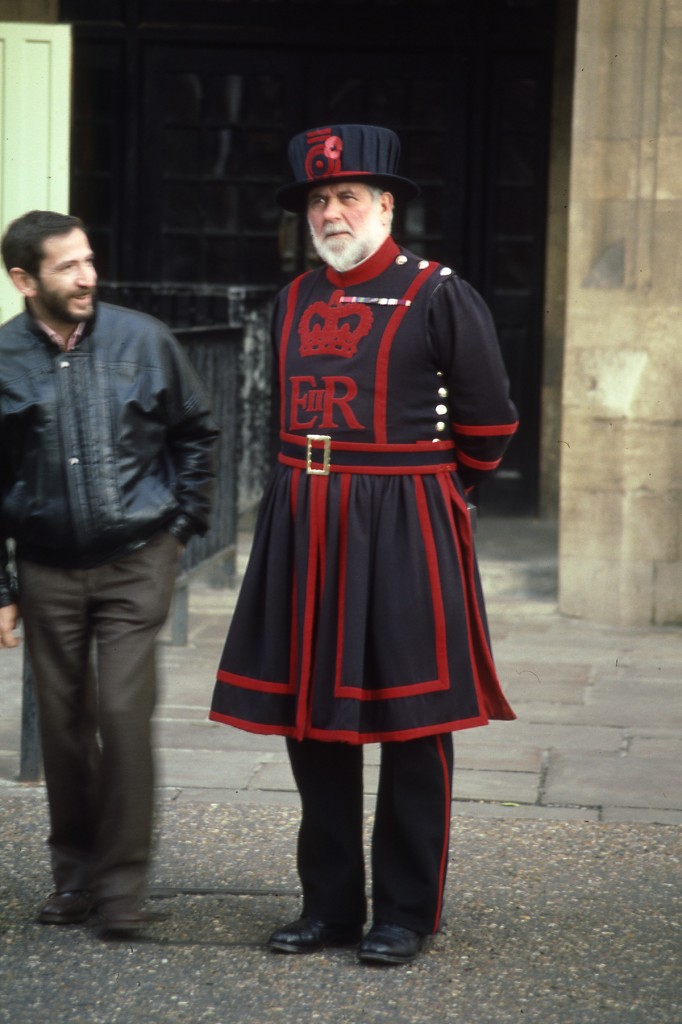Build some simple conversational and interpersonal skills and you can make friends with almost anybody.
From “How to Start a CONVERSATION and make friends,“ (1983) Don Gabor presents his ideas on how to uncover a topic your new friend will want to talk about to you. Be prepared to listen. Remember, you can always multi-task, BUT YOU CANNOT MULTI-FOCUS.
How to Find Someone’s Hot Buttons
When you walk into a room full of strangers do you say to yourself: ‘I don’t have anything in common with the people here!”? Many people think their interests are unique and that others could care less. The opposite is usually true. Because of our accessibility to many different activities and interests, many people share common interests, goals and life experiences. The trick is to find out about others and discover which ones you have in common.
When seeking someone’s hot buttons, fish around subject areas with ritual questions. When you receive a response that indicates your partner can “get into it,” express interest in the subject. This doesn’t mean you must have a strong interest in that subject, but it helps if you can generate a medium or slight curiosity in the subject. This allows the other person an opportunity to share some important aspects of her life with you, and will create positive feelings towards you. Your partner will feel that you care about her, and hopefully, she will express a similar interest in you.
Often people wear or carry items that are hot button indicators. Look for buttons, tennis rackets, books, jewelry, clothing, or anything that might provide a clue to the person’s hot button. People participate in activities that are hot buttons. Focus on these activities by asking open-ended ritual questions, and sustaining conversations will be easy. Look for people having fun and striving for self-improvement or personal gain, and you’ll be closer to finding a person’s hot button.
Often people reveal their hot buttons through iceberg statements – that is, they make a statement that reveals the tip of the conversational iceberg, and they’re just waiting to be asked the particulars of an activity or project they are involved in. Listen carefully for free information and ask open-ended follow-up questions to encourage people to talk about what they’re into. You can say: “That’s something I’ve always been curious about. How did you get involved?”
If there are few visual or verbal clues to a person’s hot buttons, I suggest fishing with ritual questions and then asking something like: “What do you like to do on your days off?” or “What do you like to do for fun?” or “What do you like to do when you’re not working?” These comments signal the other person that you’re willing to listen and are interested in finding out more about what’s important to them.
EXTRA VALUE FOR YOU (based on my notes from a webinar by Ray Higdon and Pam Herrmann).
How To Greatly Improve your Ability to Connect
Practice the following to exhibit your intentions to be an attentive listener
1) Stand with your hips facing your new friend. Offer your complete attention.
2) Look her in the eyes when she is talking, listen to what she says and do not interrupt. When you are speaking, it is okay to let your eyes do their natural wandering as they do when you are formulating words from thoughts.
3) Wait until she finishes a sentence or thought before offering verbal (i.e. “I see”, “yes”, “uh-huh”) or physical acknowledgements (i.e. briefly nodding your head). In other words, don’t be one of those bobble heads you see on people’s dashboards.
.
Did this help you? Please comment and share on Facebook.
.
I’ll see you… on the next page.


